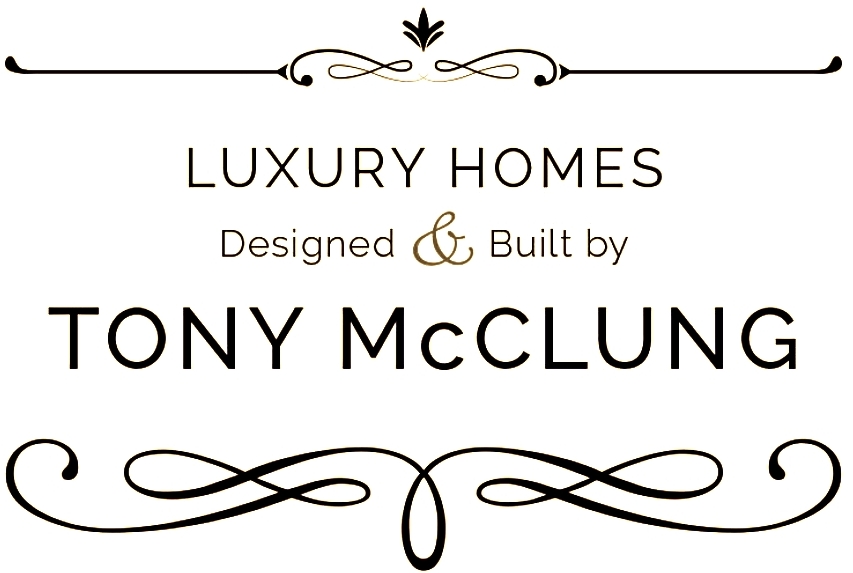Highland Park’s 3 Most Popular Home Styles
/Highland Park, Texas, is one of the most sought-after neighborhoods in the Dallas-Fort Worth metroplex, boasting exquisite homes that are custom-crafted and the height of luxury. Highland Park attracts homebuyers who are ready to build their dream homes from the ground up, pulling out all the stops. Homes in the Park Cities are some of the most beautiful properties in Texas, showcasing top home-style trends.
Dutch Colonial
Colonial home styles are very popular throughout Dallas and are evident throughout Highland Park and University Park. Dutch Colonial homes are typically two stories, with a gambrel roof and eaves that flare outward, using bricks or shingles. The gambrel roof is a low, sweeping structure with dormer windows. This style of home is extraordinarily flexible, with the possibility of arranging the interior to suit specific tastes. Dutch Colonial homes are replete with Colonial Revival characteristics and are beautifully picturesque.
New England Colonial
New England Colonial homes stem from American tradition and are box-like with gable roofs. These houses typically have small-pane windows with wooden shutters, clapboard siding, and shingle roofs. They boast timeless beauty and superb craftsmanship, paying homage to an era of home building that prioritized quality. New England Colonial homes are classic choices that homeowners can remake to reflect their individual spins, customizing the interiors and exteriors while staying true to traditional design.
Southern Colonial
Southern Colonials are large two- or three-story homes that are world-famous for having statuesque front columns and sprawling porches – perfect for Dallas’s year-round good weather. Deep porches and indoor/outdoor living spaces are mainstays in southern architecture. These homes are luxurious, with stately front entryways and columns.
Tony McClung, one of the most respected design/build professionals in Dallas, builds homes from the ground up. He works closely with clients to design and create ideal, completely custom homes in Highland Park, the Park Cities and throughout the Dallas-Fort Worth metroplex. McClung can skillfully craft a Colonial style or other type of home with all the trimmings, including rustic copper accents, mixed materials such as metal and wood, smart-home technology, indoor/outdoor living spaces, even hidden doors.
With McClung’s creative imagination and knack for incredible architecture design, there’s no limit to what your home can have. Learn more about what he can do. Contact us to start the design process in Highland Park or in another Dallas location or give us a call at (214) 668-7802 today.



